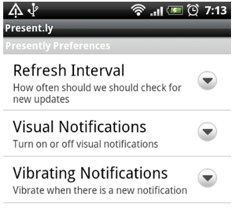MacRuby In Action, a new book that teaches Ruby developers how to code OS X applications in Ruby, was released this week through Manning Publications. Jerry Cheung, a senior engineer at Intridea authored the book alongside Brendan Lim and Jeremy McAnally.
In the book you'll explore key Cocoa design patterns, along with a few twists that MacRuby makes possible. You'll also pick up high-value techniques including system scripting, automated testing practices, and getting your apps ready for the Mac App Store. It was written for Rubyists by Rubyists and no previous experience with Cocoa, Objective-C, or Mac OS X is required!
I asked Jerry what inspired him to work on this book:
MacRuby in Action bridges that gap between two great development communities: Mac desktop development and Ruby. If you're a seasoned web developer using Ruby on the web then MIRA is a gentle intro to the Cocoa runtime and Apple's development tools. If you're a veteran Mac developer, then MIRA shows you the dynamic and fun nature of Ruby. Macruby gives you the full power of the Cocoa framework to help you build native desktop apps that are indistinguishable from their Objective-C counterparts.
The Ruby community prides itself on test driven development, and the same practices can be applied to MacRuby. The book also cover gotchas and other tips to watch out for when bridging between these two technologies. The examples showcase commonly used components and help you get your feet wet in practical development while showing key development concepts.
You can get your eBook copy of MacRuby in Action today or preorder your pBook version now through Manning! After you've had a chance to digest some of the content, we'd love to hear your thoughts on the book. Leave your comments below or let us know on Twitter!
Additionally, let us know in the comments why you want to learn MacRuby and get a chance to win a free MacRuby in Action eBook today!


